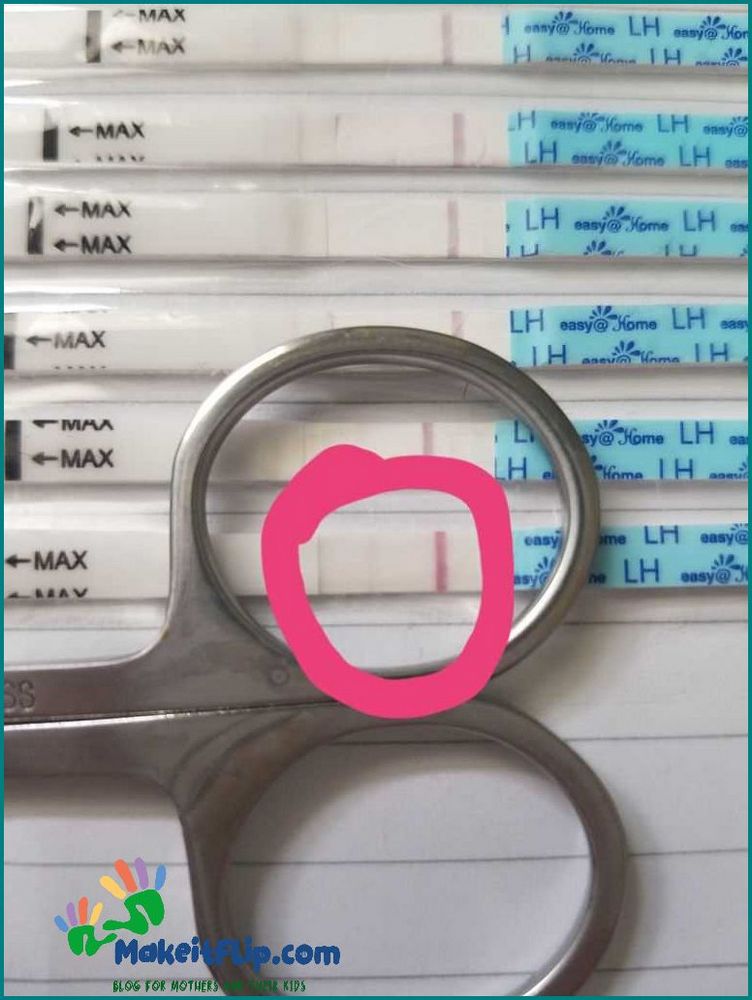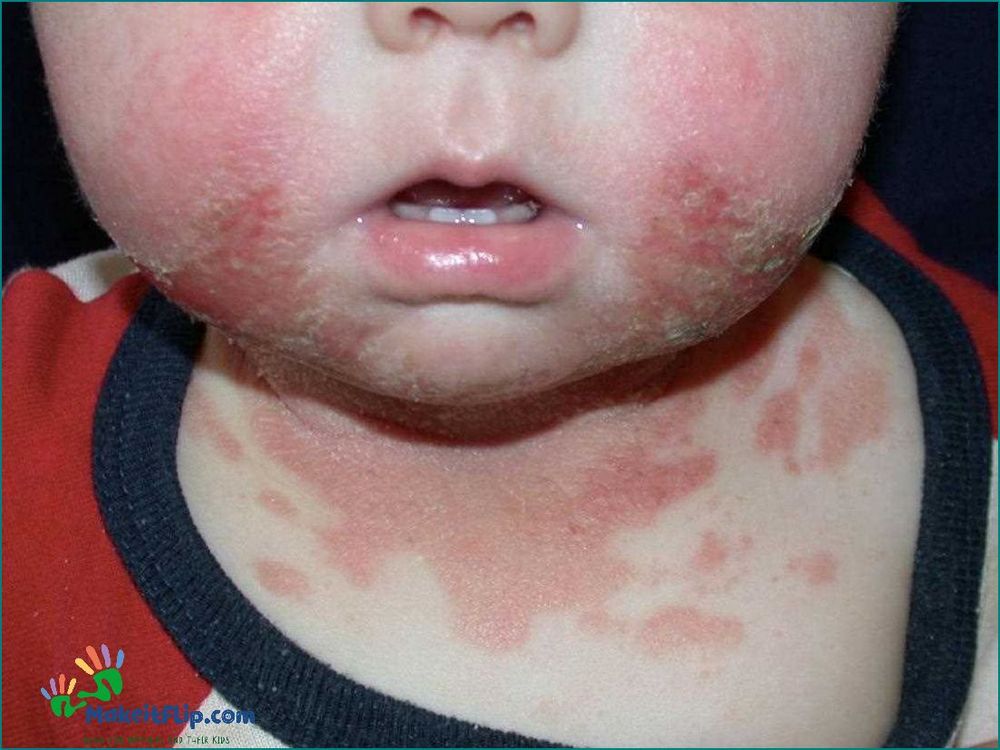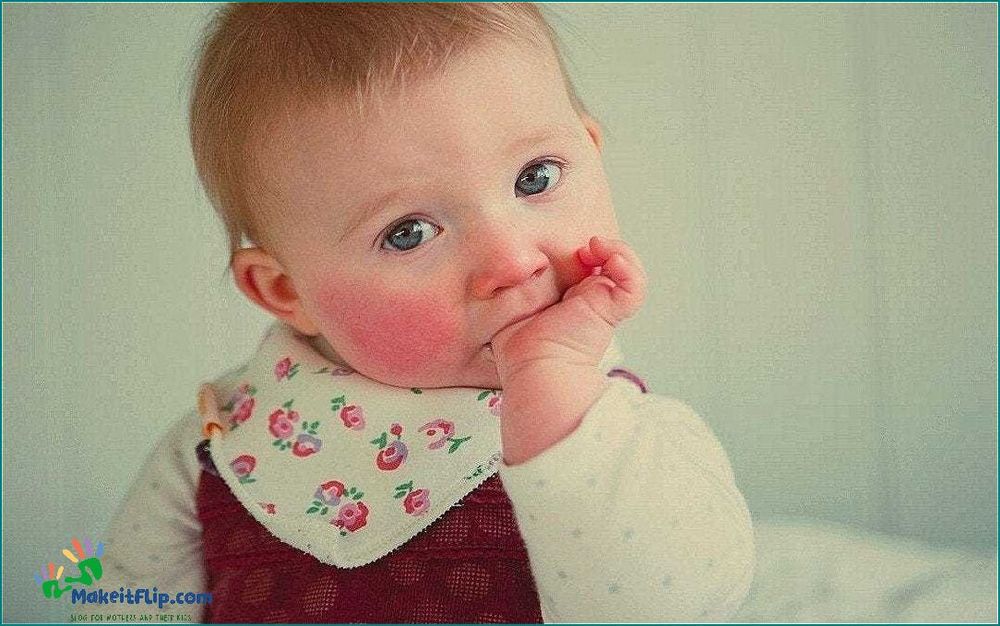Contents
Effective Ways to Treat and Prevent Teething Rash in Babies

Teething can be a difficult and uncomfortable time for babies. As their teeth start to come in, they may experience discomfort, redness, and swollen gums. In some cases, this can lead to a teething rash, causing pain and irritation on their delicate skin.
A teething rash is a common occurrence in babies, as the excessive drooling during this time can cause the skin around their mouth and chin to become irritated. The constant moisture and friction can lead to redness, chafing, and even small bumps or blisters.
To treat and prevent teething rash, it is important to keep the affected area clean and dry. Gently wipe away any excess drool with a soft cloth or baby wipe, being careful not to rub too harshly. Applying a thin layer of petroleum jelly or a baby-safe barrier cream can help protect the skin and prevent further irritation.
In addition to proper hygiene, providing your baby with something safe to chew on can help alleviate their discomfort and reduce the amount of drooling. Teething toys or chilled teething rings can provide relief by massaging their gums and encouraging the eruption of their teeth.
If the teething rash persists or becomes severe, it is important to consult with your pediatrician. They may recommend an over-the-counter hydrocortisone cream to reduce inflammation or prescribe a medicated ointment for more severe cases.
Remember, teething is a natural process, but it can be uncomfortable for babies. By taking proper care of their gums and skin, you can help alleviate their discomfort and prevent teething rash.
Treating and Preventing Teething Rash in Babies

Teething rash is a common issue that many babies experience when their teeth start to come in. This rash is characterized by redness and irritation around the baby’s mouth and chin. It can be caused by the excessive drooling that often accompanies teething, as well as the constant rubbing of the baby’s gums against their skin.
To treat teething rash, it is important to keep the affected area clean and dry. Gently wipe away any excess drool with a soft cloth or bib throughout the day. Avoid using harsh soaps or wipes, as these can further irritate the skin. Instead, opt for mild, fragrance-free cleansers.
In addition to keeping the area clean, you can also apply a thin layer of petroleum jelly or a baby-safe moisturizer to help protect the skin and prevent further irritation. Be sure to choose a product that is specifically formulated for babies and does not contain any harsh chemicals or fragrances.
If your baby’s rash is particularly severe or does not improve with these measures, you may want to consult with your pediatrician. They may recommend a gentle hydrocortisone cream to help reduce inflammation and relieve discomfort.
Preventing teething rash is also possible by taking a few simple steps. Keep a bib or cloth handy to wipe away drool throughout the day. Change your baby’s bib or cloth frequently to prevent moisture from sitting against their skin for too long. You can also try using a teething toy or teething ring to help soothe your baby’s gums and discourage them from rubbing their gums against their skin.
Remember, teething rash is a temporary issue that will typically resolve on its own once your baby’s teeth have fully come in. In the meantime, providing gentle care and taking steps to prevent further irritation can help keep your baby comfortable during this challenging time.
| redness | rash | gums | swollen |
| teething | pain | irritation | discomfort |
Understanding Teething Rash

Teething rash is a common discomfort that many babies experience during the teething process. It is characterized by a rash that appears on the baby’s face, particularly around the mouth and chin area. This rash can be red, inflamed, and may cause itching and irritation.
The main cause of teething rash is the excessive drooling that often accompanies teething. When babies are teething, their gums become swollen and painful, leading to increased saliva production. This excess saliva can cause the skin around the mouth to become wet and irritated, resulting in a rash.
Teething rash can be bothersome for babies, as it can cause pain and discomfort. It is important for parents to take steps to alleviate the rash and provide relief for their little ones. Keeping the area clean and dry is essential, as it can help prevent further irritation. Using a soft cloth to gently wipe away excess saliva can help keep the skin dry.
Applying a gentle moisturizer or barrier cream can also help soothe the rash and protect the skin from further irritation. It is important to choose a product that is specifically formulated for babies and does not contain any harsh chemicals or fragrances.
In addition to these measures, providing teething toys or chilled teething rings can help alleviate the discomfort and reduce excessive drooling. These toys can provide a soothing effect on the baby’s gums and distract them from the pain and irritation.
If the teething rash persists or worsens, it is important to consult a pediatrician for further evaluation and treatment. They may recommend a medicated cream or ointment to help alleviate the rash and provide relief for the baby.
Overall, understanding teething rash and taking appropriate measures to prevent and treat it can help ensure that babies are comfortable during the teething process. By keeping the area clean and dry, using gentle moisturizers, and providing teething toys, parents can help alleviate the discomfort and irritation associated with teething rash.
What is teething rash?

Teething rash is a common irritation that occurs on a baby’s skin, particularly around the mouth and chin, during the teething process. It is characterized by redness, discomfort, and sometimes pain. The rash may appear swollen and can be accompanied by small bumps or pimples.
Teething rash is caused by the excessive drooling that often occurs when babies are teething. The saliva can irritate the sensitive skin, leading to redness and inflammation. The constant moisture can also create a breeding ground for bacteria, which can further exacerbate the rash.
Teething rash can be quite uncomfortable for babies, causing them to become fussy and irritable. It may also disrupt their sleep patterns and appetite. Therefore, it is important for parents to take steps to prevent and treat teething rash to ensure their baby’s comfort.
Causes of teething rash

Teething is a natural process that all babies go through, but it can cause discomfort and pain. As the baby’s teeth start to emerge, their gums may become swollen and tender. This can lead to a teething rash, which is characterized by redness and irritation on the baby’s chin, cheeks, and neck.
The main cause of teething rash is the excessive drooling that often accompanies teething. The constant flow of saliva can irritate the baby’s skin, leading to redness and discomfort. The rash may also be caused by the baby rubbing their face against their bedding or clothing, further aggravating the sensitive skin.
It is important to note that teething rash is not a serious condition and usually resolves on its own. However, it can cause significant discomfort for the baby, making it important to provide relief and prevent further irritation.
Some babies may be more prone to teething rash than others. Factors such as sensitive skin or a family history of skin conditions may increase the likelihood of developing a rash during teething.
To prevent and treat teething rash, it is important to keep the baby’s skin clean and dry. Regularly wipe away excess drool with a soft cloth and pat the skin dry. Applying a barrier cream, such as petroleum jelly or a baby-safe moisturizer, can help protect the skin from further irritation.
If the rash persists or becomes severe, it is recommended to consult a pediatrician for further evaluation and treatment options.
FAQ about topic How to Treat and Prevent Teething Rash in Babies
What is teething rash?
Teething rash is a common skin irritation that occurs in babies when they are teething. It is characterized by redness, dryness, and small bumps around the mouth and chin.
How can I treat teething rash?
To treat teething rash, you can apply a gentle moisturizer or baby-safe ointment to the affected area. You should also keep the area clean and dry, and avoid using any harsh soaps or products that may further irritate the skin.
Can teething rash be prevented?
While it may not be possible to completely prevent teething rash, there are steps you can take to minimize the risk. These include keeping your baby’s face clean and dry, using a gentle moisturizer regularly, and avoiding any known irritants or allergens.
What are some natural remedies for teething rash?
There are several natural remedies that may help soothe teething rash. These include applying aloe vera gel, chamomile tea, or coconut oil to the affected area. It is important to note that you should always consult with your pediatrician before trying any new remedies on your baby’s skin.
When should I see a doctor for teething rash?
If your baby’s teething rash does not improve with home remedies, or if it becomes severe and starts to spread to other areas of the body, it is important to seek medical attention. A doctor can evaluate the rash and provide appropriate treatment if necessary.
What is teething rash?
Teething rash is a common condition in babies that occurs when their teeth start to come in. It is a red, irritated rash that can appear on the chin, cheeks, or around the mouth.
I’m Diana Ricciardi, the author behind Makeitflip.com. My blog is a dedicated space for mothers and their kids, where I share valuable insights, tips, and information to make parenting a bit easier and more enjoyable.
From finding the best booster seat high chair for your child, understanding the connection between sciatica and hip pain, to exploring the benefits of pooping in relieving acid reflux, I cover a range of topics that are essential for every parent.
My goal is to provide you with practical advice and solutions that you can easily incorporate into your daily life, ensuring that you and your child have the best possible experience during these precious years.
